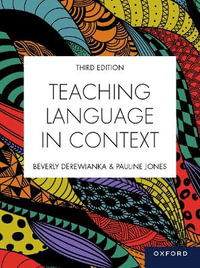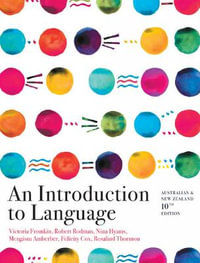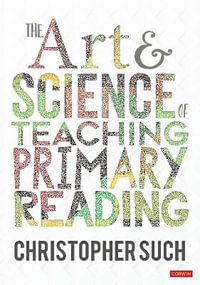This book draws inspiration from Maurice Merleau-Ponty's concept of intercorporeality to offer a new, multidisciplinary perspective on the body. By drawing attention to the body's ability to simultaneously sense and be sensed, Merleau-Ponty transcends the object-subject divide and describes how bodies are about, into, and within other bodies. Such inherent relationality constitutes the essence of intercorporeality, and the chapters in this book examine such relationality from a host of diverse perspectives. The book begins with an introductory chapter in which the editors review the current research on bodily interaction, and introduce the notion of intercorporeality as a potentially integrative framework. The first section then offers four chapters devoted to clarifying theoretical and developmental perspectives on intercorporeality. Section 2 contains three chapters that provide insight on intercorporeality from evolutionary, historical, and cross-sectional perspectives. In
Section 3, four chapters examine the intercorporeal nature of meaning-making during human interaction. Section 4 then presents three chapters that explore the intercorporeal nature of multi-agent interactions and the role that non-animate bodies (i.e., objects) play in such interaction. Throughout all the chapters, the authors work to integrate research in their specific discipline into the larger, transdisciplinary notion of intercorporeality. This collection provides an indisputably unique perspective on bodies-in-interaction, while simultaneously offering an interdisciplinary way forward in contemporary scholarship on bodies, meaning, and interaction.
Industry Reviews
"In traditional accounts of the body, the body was a delivery system for the mind. The mind told the body what to do and the body did it. In opposition to this, a range of 20th-century thinkers studied the body not as a delivery system but as an agentDLfor instance, as the seat of emotions or how posture shapes self-image or how the shape of the body impacts the sense of time and so on. This collection pushes those studies of embodiment considerably further. It
examines how the interaction of multiple bodies, coordinating their movements in reciprocal ways, structures who people are...Including contributions from psychologists, anthropologists, sociologists,
philosophers, and linguists (among others), this book is filled with exciting ideas that expand the sense of what it means to be human, and it reveals a dimension of self not commonly noticed." --J. F. Richeimer, Kenyon College, Choice
"While some readers will doubtless find value in individual chapters, this is that rare kind of collection that is worth reading in its entirety as it makes a cohesive argument throughout. Scholars of embodied interaction, and social interaction in general, should pay close attention to how the editors of and contributors to this volume have worked towards an integrated framework." -- Dr. Donald Everhart, AMDA College of the Performing Arts, Symbolic
Interaction
























